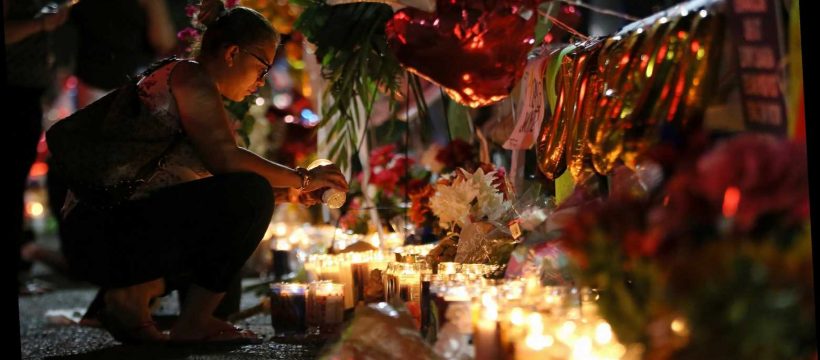THERE were more mass killing in the United States in 2019 than any year dating back to at least the 1970s, a chilling study has found.
The year got off to a bloody start just 19 days in when a man used an ax to kill four family members including his infant daughter.
In the months that followed, 12 people were killed in a workplace shooting in Virginia, 22 more died at a Walmart in El Paso in August, and a series of deadly rampages punctuated the summer.
In total, there were 41 mass killings this year – defined as when four or more people are killed excluding the perpetrator, according to a database compiled by The Associated Press, USA Today and Northeastern University.
Of those, 33 were mass shootings. More than 210 people were killed.
Most of the mass killings barely became national news, failing to resonate among the general public because they didn’t spill into public places like massacres in El Paso and Odessa, Texas; Dayton, Ohio; Virginia Beach, Virginia; and Jersey City, New Jersey.
The majority of the killings involved people who knew each other – family disputes, drug or gang violence or people who directed their anger at co-workers or relatives.
In many cases, what set off the perpetrator remains a mystery.
The 41 mass killings were the most in a single year since the AP/USA Today and Northeastern database began tracking such events back to 2006, but other research going back to the 1970s shows no other year with as many mass slayings. The second-most killings in a year prior to 2019 was 38 in 2006.
The number of people killed, 211, was eclipsed by the 224 victims in 2017. The deadliest mass shooting in modern U.S. history took place in Las Vegas in 2017.
James Densley, a criminologist and professor at Metropolitan State University in Minnesota, said the AP/USA Today/Northeastern database confirms and mirrors what his own research into exclusively mass shootings has shown.
“What makes this even more exceptional is that mass killings are going up at a time when general homicides, overall homicides, are going down,” Densley said. “As a percentage of homicides, these mass killings are also accounting for more deaths. ”
He believes it’s partially a byproduct of an “angry and frustrated time” that we are living in. Densley also said crime tends to go in waves with the 1970s and 1980s seeing a number of serial killers, the 1990s marked by school shootings and child abductions and the early 2000s dominated by concerns over terrorism.
“This seems to be the age of mass shootings,” Densley said.
He and James Alan Fox, a criminologist and professor at Northeastern University, also expressed worries about the “contagion effect,” the focus on mass killings fueling other mass killings.
“These are still rare events. Clearly the risk is low but the fear is high,” Fox said.
“What fuels contagion is fear.”
The study found that nearly half of U.S. states experienced a mass slaying in 2019, with California seeing the most.
Firearms were used in all but eight of the mass killings, while nine mass shootings occurred in a public place.US mass killings hit new high in 2019 – most were shootings
Source: Read Full Article




